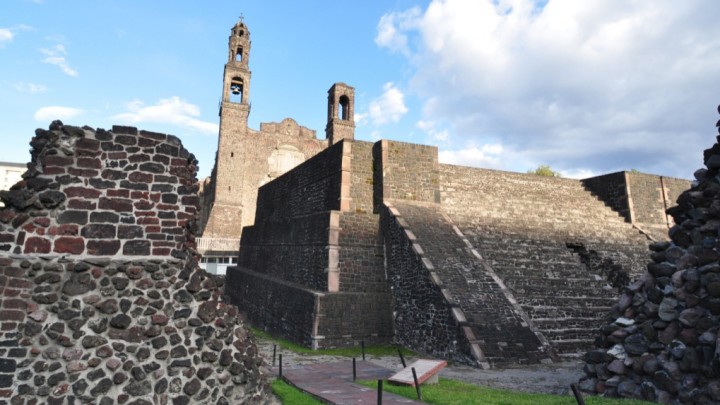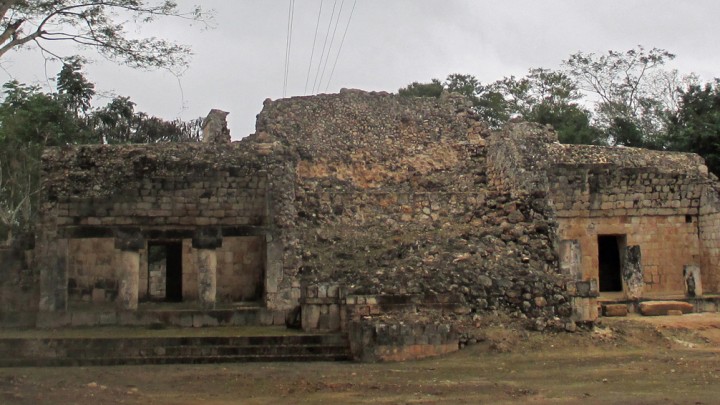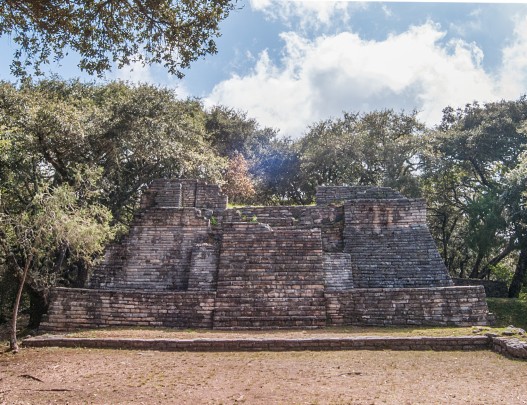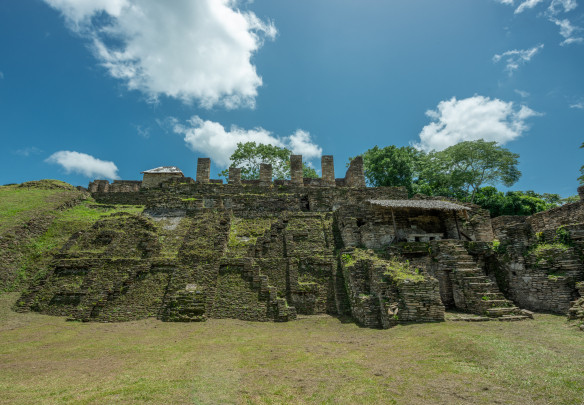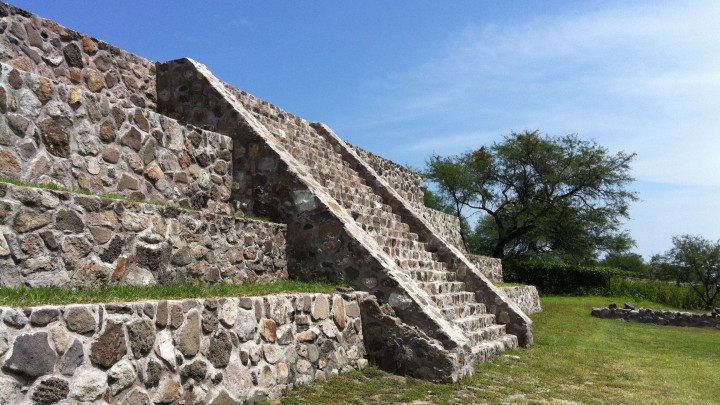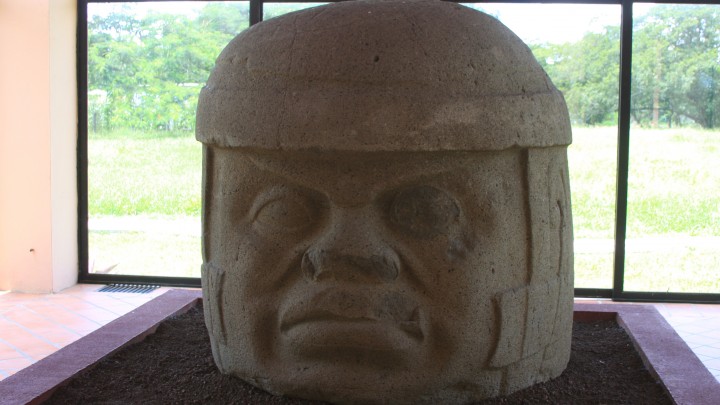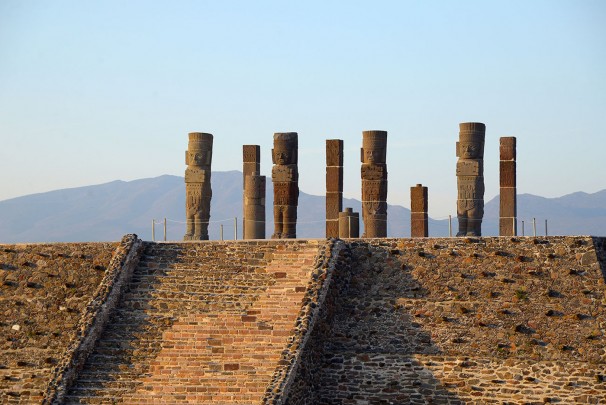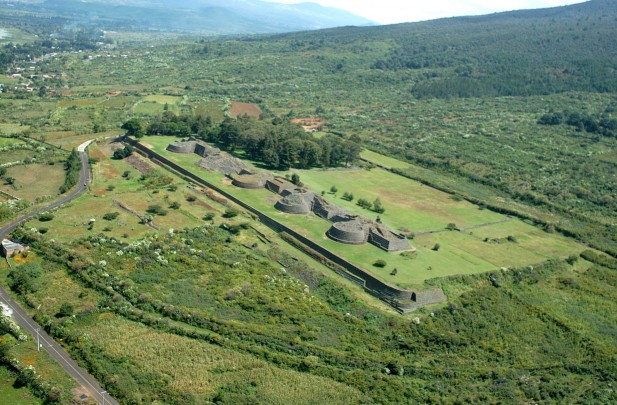189 Sites
A former center of government, Tlatelolco was a twin to Tenochtitlan, a friend and a foe, a companion in trade, construction, power, and religion; both were totally eclipsed following the Spanish Conquest. Many impressive remains are on view in their original location and in the site museum.
Ciudad de México
Singular Maya city, small, rich and strongly hierarchical, it flourished 12 centuries ago. Two particular architectural styles dominate: Chenes and Puuc. Notable are the columns with circular base, well-braced false arches and vaulting, mosaics and masks with complicated filigree designs in stone.
Campeche
Situated south of the Sierra Gorda, this city was inhabited from 400 AD until shortly before the Conquest. Miners and mineral workers, influenced by different cultures, left impressive constructions in the area.
Querétaro
Situated on the border of the Mayan highlands and the lowlands. A warrior state that overcame Palenque, and left a remarkable Acropolis, built of platforms one superposed upon another, and a pyramidal structure unique in the Mayan area due to its complexity and monumental size; it is even taller than the Pyramid of the Sun at Teotihuacan.
Chiapas
A 1,600-year-old Purépecha site which was used as a sacred burial ground for centuries after it had been abandoned. This is demonstrated by the remains of 120 chiefs, servants and sacrificial victims, its rich offerings, the ruins of its buildings and the stones of the neighboring Santa María Magdalena monastery in Cuitzeo.
Michoacán
Ancient Olmec city, contemporary with La Venta, which reached its height 3,700 years ago and ended 2,400 years ago. This culture produced some impressive colossal stone heads, and a famous stela with the second earliest date recorded in Mesoamerica, correlating to: September 3, 32 BC.
Veracruz
A key city in the history of the Altiplano (Central Highlands), the great Toltec capital from the year 1000 left vast remains full of monuments and artistic treasures. It influenced the peninsular and Central American Maya, and the cultures of the Gulf coast, Anahuac and the western regions.
Hidalgo
A powerful walled city on the coast, with some of the best preserved mural paintings in the Mayan area. Its monuments exemplify the particular style of the East Coast, where the ancient pointed arch gave way to flat roofs supported by columns.
Quintana Roo
The lakeside capital of the Purépecha and its vast independent empire had a population of 30,000 at the time of the Spaniards’ arrival. Founded eight centuries ago, it was the seat of the Uacúsecha dynasty. The impressive remains include the Great Platform with its semi-circular “yacata” pyramids, one of the most voluminous structures in all Mesoamerica.
Michoacán

